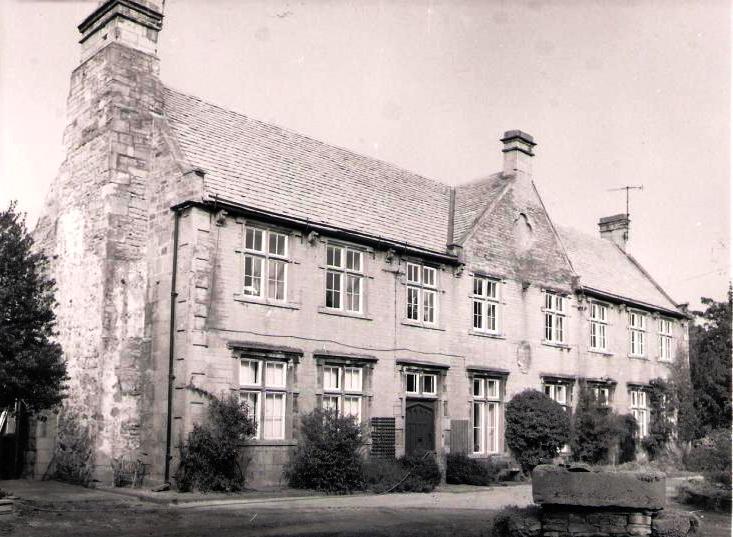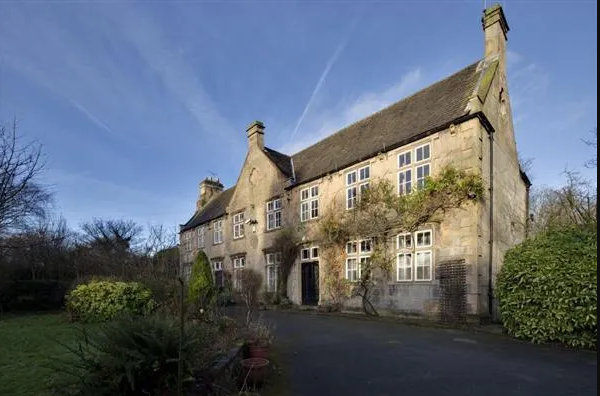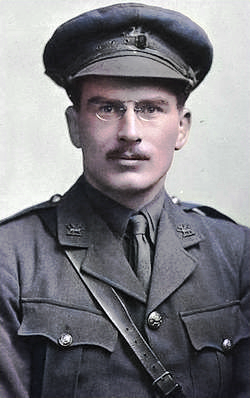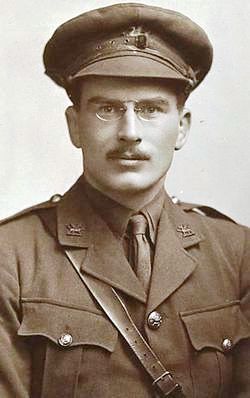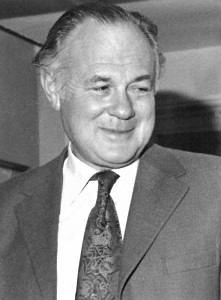The Priory is a grade II* listed, timber framed building that originates from the 15th century. It has over the centuries been altered, added to and clad in stone. Its land became known locally as the Priory Grounds and some of its boundaries formed a triangle enclosed by Station Street, Priory Road and the grounds of the large house next door called The Grange.
Little is known of The Priory’s very early history and there is no evidence to suggest that the house has ever been a priory or a religious building at all.
Many of the ancient large houses of Mansfield Woodhouse were not given names and it is very difficult to work out which building the old documents and books refer to. For example, the Dand family were great benefactors and had significant connections to Mansfield Woodhouse and did live in the village but exactly where is not known. Their house could have been The Priory, The Grange or the Manor House, to name but three important buildings very near to each other. Perhaps more documents will come to light over time and reveal more significant information.
Moving forward to the latter half of the 18th Century, The Priory lay in the Manor of Mansfield and the Manor was held by the Duke of Portland. After the Second Duke of Portland died in 1761 and his wife Margaret’s death in 1785, The Priory was purchased by John Coke, whose family owned Brookhill Hall at Pinxton.
This next paragraph is conjecture but it is recorded that landowner Henry Thornhill rented a house at Mansfield Woodhouse at around the same time that he himself leased some 15 acres of his own land in the Pleasley Manor to the five partners Henry Hollins, Thomas Oldknow, John Cowpe, John Paulson and William Siddon, who wished to establish cotton spinning mills at Pleasley Vale in 1784. It is also recorded that Henry died at this house in 1792 and that the architect William Wilkinson then moved in. Another source records that William Wilkinson occupied The Priory. So, can I put 2 and 2 together and suggest that the house that Henry rented was indeed The Priory.
William Wilkinson was responsible for designing among others, Broom House (now the Midland Hotel, Mansfield), some houses along the Chesterfield Road, Mansfield, and Carr Bank House in Mansfield in 1805 for Mr Stanton who owned Stanton’s Mill in Bath Lane. One of William’s favourite design techniques involved building pillars and porches and creating faux battlements on the roofs of buildings, so may I be so bold to think that he may have been involved with the designs for embellishing those early 19th century features on the Manor House and Woodhouse Place, both at Mansfield Woodhouse.
The Priory’s owner John Coke established the Pinxton China Works in 1796 and by 1803 had purchased Debdale Hall, at Mansfield Woodhouse, nearby to The Priory. About 1819 John was also involved with a new railway which transported coal from his colliery at Pinxton to the Portland Wharf at Mansfield. In 1830 John was appointed High Sheriff of Nottinghamshire and he laid the foundation stone for Mansfield’s new Town Hall, on 21 July 1835.
Trade directories for the 1820s show that William Wilkinson was still working as an architect based in Mansfield Woodhouse. Perhaps he still lived at The Priory then.
John Coke’s only son, John, by his wife Susannah (nee Wilmott) died in 1828 at only 19 years of age. So, when John senior died in 1841 his estates including The Priory passed to his nephew Edward Thomas Coke.
The Tithe Apportionments of 1844 to 1845 for Mansfield Woodhouse show Edward Thomas Coke as owner and occupier at The Priory at that time.
The next evidence we have of occupants at The Priory is Sarah Sophia Coke, the daughter of D’Ewes Coke of Brookhill Hall, who married Commander George Robinson in 1827. The 1851 Census shows Sarah living at The Priory with her children Anne, Henrietta, Charles, Ellen and Henry and a bevy of eight servants. Her husband, a serving Naval Officer was not at The Priory on Census Night so was more than likely on duty. They were both named as resident there at The Priory in 1861, as were their daughters Henrietta and Catharine and five servants.
George died in 1867 but Sarah continued to live at The Priory in widowhood and is shown there in the 1871 Census together with four of her children and five servants.
No family lived at The Priory on Census Night 1881, only servants. I can’t find out where Sarah was residing that night but I think she was still the occupant at The Priory because her housekeeper in 1871 Annie Booth was still recorded as living at The Priory in 1881. Also, the 1881 Directory for Mansfield Woodhouse indicates that Mrs Robinson was a resident of Mansfield Woodhouse.
Sarah died on 27 May 1891 but had vacated The Priory at least six years before that. The 1885 Directory for Mansfield Woodhouse shows that William Abraham Hodges was living there and it is on record that his son Harold Augustus Hodges was born there on 22 January 1886. William was the manager of Samuel Smith & Co, bankers, Market Street, Mansfield. The family had moved there from No 1 Market Place, Mansfield. In the 1891 Census the occupants of The Priory were bank manager William Abraham Hodges and his children Jessie, Leonard, Leslie, Harold and Reginald, and four servants. William’s wife Augusta was away visiting her parents in West Derby, Lancashire.

